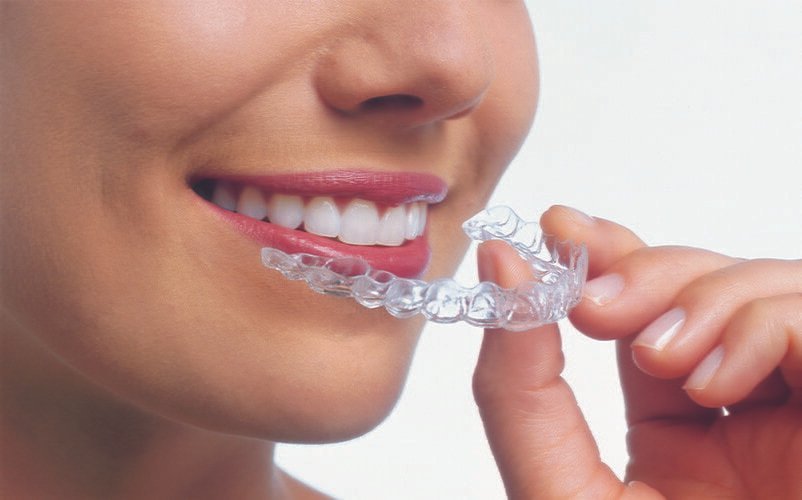Many people consider getting Invisalign to straighten their teeth, but one common concern often holds them back: Is Invisalign painful? This article aims to provide a straightforward answer to this question and shed light on some common misconceptions about Invisalign treatment. So, if you’re contemplating Invisalign, read on to discover the truth about the discomfort associated with this popular teeth-straightening option.
Invisalign: Defined
Before delving into the topic of pain, let’s first understand what Invisalign is. Invisalign is a modern orthodontic treatment that uses clear aligners to gradually straighten your teeth. These aligners are custom-made to fit your teeth snugly, and you wear them for a prescribed period, changing them every few weeks as your teeth shift into their desired positions.
The Common Misconception
One of the main misconceptions about Invisalign is that it is incredibly painful. This idea often stems from people’s experiences with traditional braces, which can indeed cause discomfort due to wires and brackets. However, Invisalign is quite different in this regard.
The Reality of Discomfort
Invisalign is generally considered less painful than traditional braces. The discomfort associated with Invisalign is usually mild and temporary. Here’s why:
1. Initial Adjustments
When you start your Invisalign treatment, you may experience some initial discomfort as your teeth begin to shift. This discomfort is akin to the feeling of pressure on your teeth rather than sharp pain. It’s a sign that the aligners are doing their job by gently moving your teeth into the desired positions.
2. Aligner Trays
You will wear a series of aligner trays throughout your treatment, and each tray will exert a bit of pressure on your teeth. While this may feel odd or slightly uncomfortable initially, your mouth will adapt to the sensation over time. It’s important to remember that this discomfort is temporary and should subside within a few days of using a new tray.
3. Smooth Edges
Unlike traditional braces, Invisalign aligners have smooth edges. This means they are less likely to cause irritation or sores in your mouth. This feature contributes to a more comfortable overall experience during your treatment.
Tips to Manage Discomfort
Now that you know that Invisalign discomfort is generally mild and manageable, here are some tips to help you cope with it:
1. Over-the-Counter Pain Relief
If you experience any discomfort, over-the-counter pain relief medications can provide relief. Be sure to follow the recommended dosage instructions and consult your dentist if the discomfort persists.
2. Cold Compress
Applying a cold compress to the outside of your mouth can help reduce any swelling or discomfort.
3. Chewing Exercises
Chewing sugar-free gum or using chewies provided by your orthodontist can help seat the aligners properly and reduce initial discomfort.
4. Follow Your Orthodontist’s Instructions
It’s crucial to follow your orthodontist’s instructions carefully, including wearing your aligners for the recommended hours each day and changing them as prescribed. This ensures that your treatment progresses smoothly and with minimal discomfort.
Conclusion
So, is Invisalign painful? The answer is no, not in the way many people fear. The mild discomfort is a small price to pay for the beautiful, straight smile you’ll achieve in the end. If you have concerns about Invisalign, don’t hesitate to discuss them with your orthodontist. They can provide guidance and reassurance, ensuring a comfortable and successful treatment journey.
Invisalign offers a relatively pain-free path to achieving the smile you’ve always wanted. Don’t let the fear of discomfort deter you from exploring this fantastic orthodontic option. Remember, a straighter, more confident smile awaits you at the end of your Invisalign journey.
For more information Click here….
